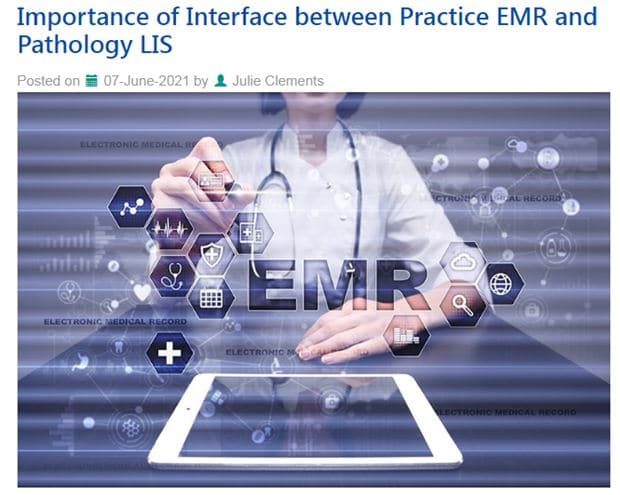In many organizations, telemedicine is providing significant benefits for both patients and providers. Recent studies indicate that convenience and care quality are the main factors driving patient approval for virtual care. Telehealth service documentation requirements are similar to that of face-to-face encounters, and it is expected that the demand for telemedicine transcription services will increase with the growing popularity of virtual care.

Patent Perspectives on Virtual Care
According to a recent Massachusetts General Hospital (MGH) survey, accessibility and care quality are the key drivers of patient satisfaction with telehealth. The study revealed that 68% of patients rated telehealth visits a nine or ten on a ten-point patient satisfaction scale (www.patientengagementhit.com).
The researchers noted that telemedicine was convenient for pediatric patients and their families as well as older patients for whom traveling was difficult. In other words, virtual care overcomes hurdles to care access. Parents can get their children medical help at a convenient time such as after school or work. Up to 79% of the respondents said that scheduling a telehealth follow-up at a convenient time was easier than for an office visit.
The study also found that patients were impressed with the quality of virtual care. Up to 62% of patients said that telehealth offered the same quality of care as in-person visits. Twenty-one percent reported that the quality of telehealth visits or communication was the same as or superior to traditional office visits.
Patients also reported meaningful connections with their providers even when using video visits. Sixty-six percent of patients said they had strong personal connections with their providers using telehealth.
Telehealth also saves time. In a telehealth visit, up to 95% of the patient’s time is spent face-to-face with the physician. On the other hand, an office visit involves traveling, waiting, and limited patient-provider communication time.
A 2017 survey by American Well also found that patients are satisfied with video visits. When asked whether video, telephone and email could lead to the most accurate diagnosis by a physician, 69% of the respondents chose video. Additionally, patients said that telehealth services resolved their health concerns 85% of the time, compared with 64% of the time in a brick and mortar setting (www.americanwell.com).
Other findings of the American Well telehealth patient satisfaction survey:
- Patients prefer telehealth for minor concerns like prescription refills as well as for complex ones involving chronic disease management
- Two thirds of consumers are willing to see a doctor over video
- Access and time saved are the two factors driving patients’ readiness to see a doctor over video.
According to a 2018 report from the Deloitte Center for Health Solutions, millennials, generation Xers, baby boomers and seniors are embracing virtual care, but vary in how they’re using it. Virtual care was most popular among millennials with 50% using it to fill a prescription, 61% to measure fitness and health improvement goals, 36 percent to monitor health issues, 37 percent to receive medication alerts or reminders, and 34 percent to measure, record or send data about medication.
What Providers Think
The MGH study reported that 70% of clinicians agreed that telehealth facilitated timely follow-up care visits and 50 percent found telehealth an efficient option. However, about 46 percent said that in-office visits promoted “deeper patient-provider connections” than telehealth visits, while one-third noted that traditional office visits led to higher care quality than telehealth.
Healthcare professionals must pay attention to patient needs when using telehealth. In fact, physicians stress that telehealth is not a suitable option for all patients and some need in-person care.
Many innovative organizations are using telemedicine technology to improve the patient and provider experience. A Health Tech article explains how Cleveland Clinic’s telemedicine initiatives are keeping patients out of hospital. Patients who undergo bone marrow transplants usually have to return to the hospital every day for temperature and blood pressure readings. However, this puts them at a high risk of infection. In Cleveland Clinic’s telemedicine program, these patients are provided with a blood pressure cuff, thermometer and activity tracker through which their progress can be tracked even after they return home. Nurses can reach out to those who are not making progress.
The Bottomline Line – Telemedicine is the Future of Healthcare
Both patients and providers can benefit immensely from the comprehensive integration of telehealth into healthcare system. Benefits of telehealth include reduced healthcare costs, fewer hospital readmissions, improved care, and enhanced doctor-patient relationships, especially in remote areas.
As telemedicine services are provided, organizations can find it challenging to capture the documentation accurately and in a timely manner. Medical transcription outsourcing is a practical option to ensure proper documentation of the telehealth visit, patient history, consultative notes, etc.


